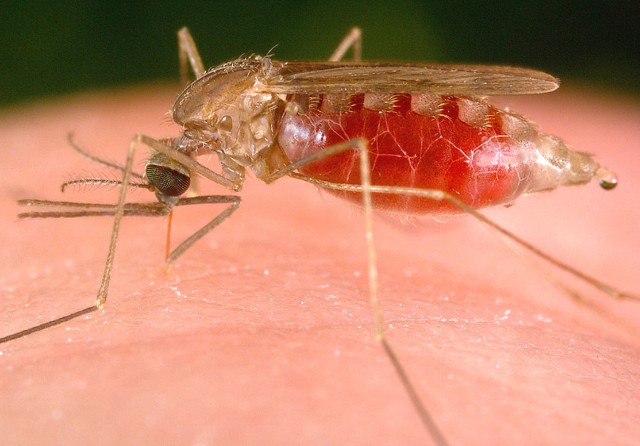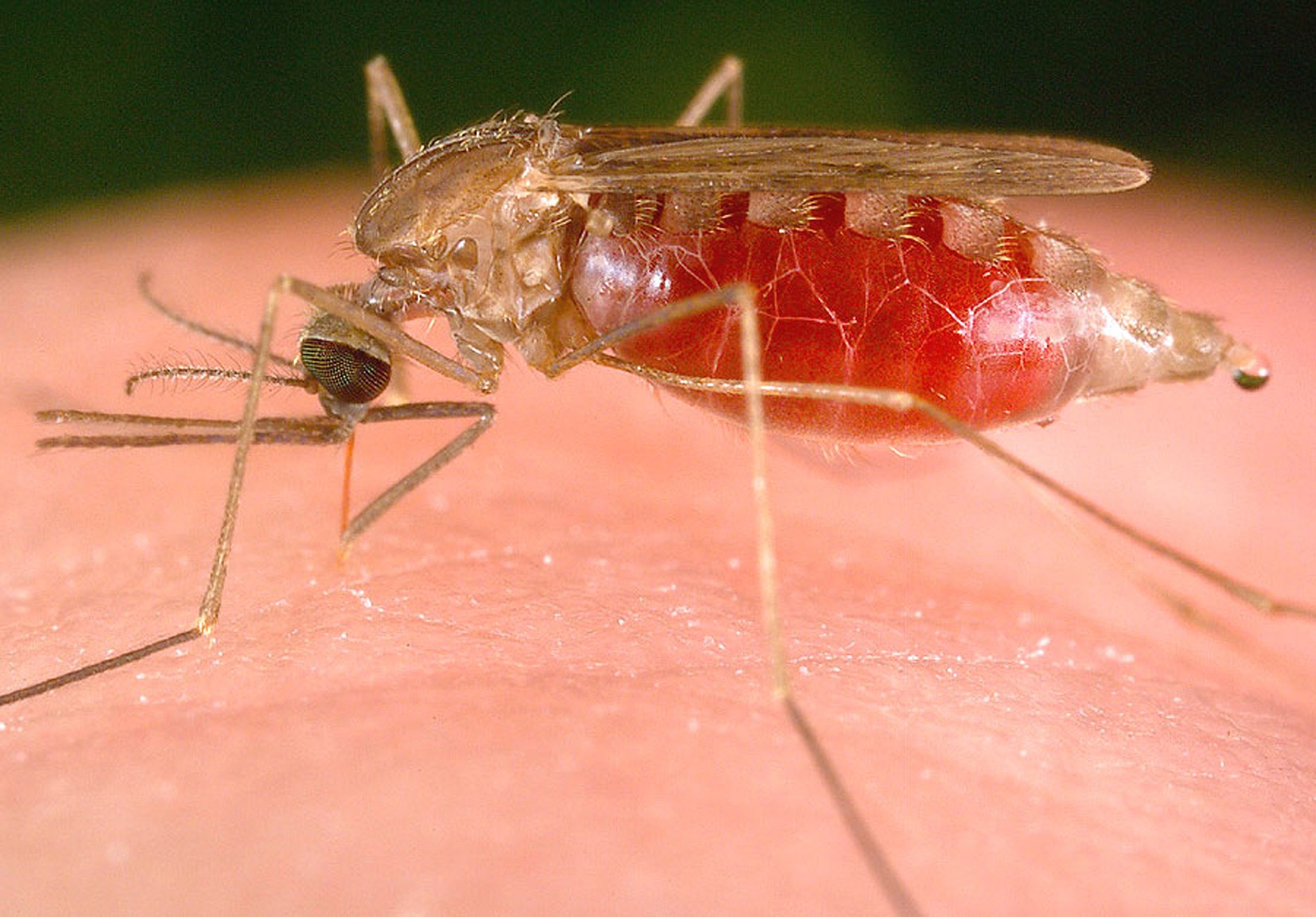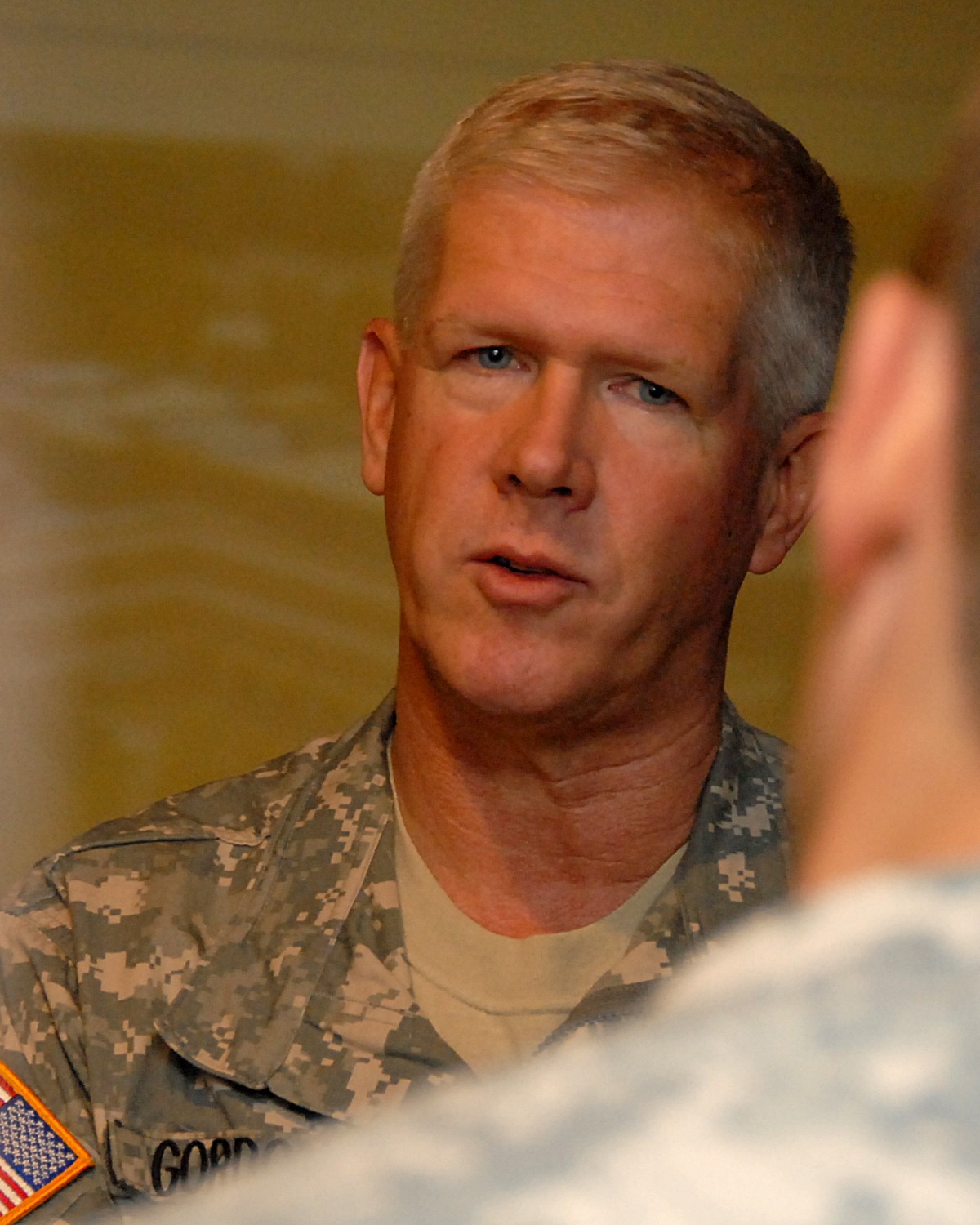Col. Scott Gordon is the commander of U.S. Army Medical Research Unit-Kenya. He sat down recently with Rick Scavetta of U.S. Army Africa to discuss malaria vaccine research in western Kenya.
How do people get malaria'
Malaria is a parasitic disease that occurs one to two weeks following the bite of infected female anopheles mosquitos, which often strike at night. Of the four types of malaria, falciparum is the worst-the one that kills people. Roughly 30 percent of anopheles mosquitoes carry malaria. As the mosquito feeds, malaria parasites are injected into the bloodstream. They migrate to the liver, multiply, then invade red bloods cells. What follows is a cycle of severe fevers. Kids are more vulnerable. They haven't had the disease before and haven't developed any immunity to it.
What is USAMRU-K doing in Kisumu in the fight against malaria'
At this time, our major focus in Kisumu is malaria vaccine research, work that has been in progress for more than 20 years with the Walter Reed Army Institute of Research being a major partner. In August 2009, USAMRU-K began research in Kisumu for the "RTS,S" vaccine in a study known to researchers as MAL-55.
How do vaccine trials develop to the point where they are available to the public'
Research often begins with "phase one" studies, which are small safety trials, where just a couple dozen participants take part. Phase two research expands the safety aspect to a larger group-maybe 100 or so-but begins to test the vaccine's efficacy. Phase three research, such as the MAL-55 study underway, looks directly at a drug's effectiveness in a certain population. It's the final step in research before publicly offering the vaccine. This is the first malaria vaccine to reach phase three. But this is a three-year study, so we may still be four to five years out from having a vaccine on the market.
What happens during the MAL-55 study'
The study takes place at 11 sites in seven African countries. In all, 16,000 children will be enrolled-10 percent will be at USAMRU-K's Kisumu site. By November 2009, the Kisumu site had enrolled more than half of the 1,600 participants expected. Two-thirds of the children taking part receive the RTS,S vaccine for three consecutive months. The other third gets a placebo-actually a rabies or meningitis vaccine, depending on the child's age. After 15 months, those who got the vaccine get a booster. One of the benefits to the children is that we provide health care during the three years-free health care for three years is a great benefit.
Why is vaccine research important'
Our mission is to pursue clinical trials of emerging infectious disease studies, research and develop vaccines and also use WRAIR's scientific mandate and resources to improve the capacity and capabilities of the local Kenyan health care system. The information we collect protects Soldiers and is also a key mission within U.S. Army Africa's partnership strategy for the continent.




Social Sharing